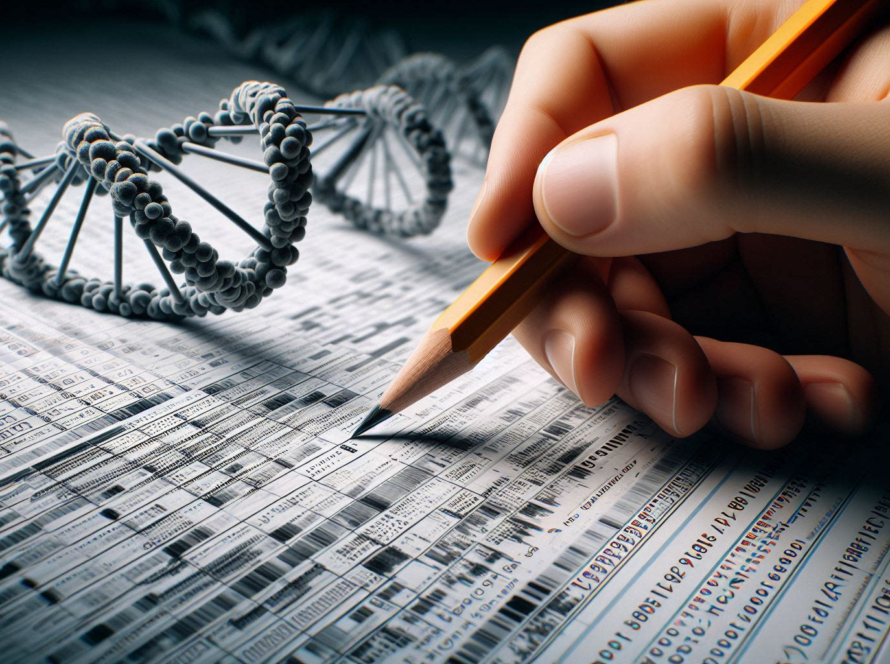In the realm of nanoscience, the quest for efficient and sustainable energy sources has led to groundbreaking advancements. Among these, the development of nanoturbines powered by the flow across nanopores stands out as a remarkable achievement with far-reaching implications Traditionally, the concept of a turbine has been associated with large-scale devices, such as wind turbines or hydropower plants, that harness energy from natural sources to generate electricity. However, recent advancements in nanotechnology have opened up the possibility of creating miniature turbines that operate at the nanoscale. One such example is the nanoturbine, a device that can extract energy from the flow of ions or molecules across a nanopore. The pursuit of sustainable energy has led to a significant advancement in nanoscience: the development of nanoturbines. Unlike conventional wind or hydropower turbines, these tiny power generators, measuring just a few nanometers in size, function at the nanoscale and harness energy from the movement of ions or molecules through nanopores.
Nano-turbines function as rotary motors, harnessing energy from various sources like electrochemical gradients, ion flows, and even the motion of individual molecules. The magic unfolds when fluid flows through a nanopore, exerting drag forces on a strategically positioned rotor, causing it to spin. This remarkable achievement has the potential to revolutionize energy harvesting at the tiniest scales.
One approach utilizes DNA origami, the art of folding DNA strands into intricate structures. Scientists have created DNA origami turbines with blades and a central axle, positioned within a nanopore. As fluid flows, it sets the blades spinning, generating electricity—a testament to the convergence of science and artistry at the nanoscale.
At their core, these miniature powerhouses consist of a spinning rotor and a fixed stator. The flowing fluid pushes the rotor, its mesmerizing dance generating mechanical or electrical energy. This isn’t just a scientific marvel; it’s a beacon of hope for sustainable energy solutions. One-way nanoturbines capture energy is by exploiting ion gradients, or differences in ion concentration across a membrane. Ions naturally move from high to low concentration, creating an electrical potential that can spin the turbine.
The applications of these tiny marvels are vast. Imagine powering minuscule sensors or actuators with electricity generated from simple fluid flow. Nano-turbines could revolutionize drug delivery by acting as nanoscale pumps, precisely transporting medications. They could even become nano-mixers, perfectly stirring fluids for groundbreaking advancements in chemical synthesis.
Of course, challenges remain. Efficient and reliable fabrication, as well as integration into practical devices, are hurdles that researchers are actively working to overcome. Each obstacle is a stepping stone, propelling us closer to a future powered by these remarkable inventions.
Nano-turbines represent a giant leap in nanoscale energy harvesting. Their ability to harness energy from everyday fluid flow opens a new chapter in powering miniaturized devices. As we delve deeper into the nanoscale world, these miniature engines stand poised to redefine the boundaries of possibility. With every scientific stride, they illuminate the path toward a future powered by the magic of nanoscience.

References:
- Harnessing Sunlight Like Never Before: The Supercrystal Breakthrough (2024, January 7). https://scitechdaily.com/harnessing-sunlight-like-never-before-the-supercrystal-breakthrough/
- Chen, G. Oxford Academic, 2005. doi:10.1093/oso/9780195159424.001.0001.
Ong, W.-J. et al. Nanoscale, 2021, 13, 9904–9907. doi:10.1039/d1nr90103f.




